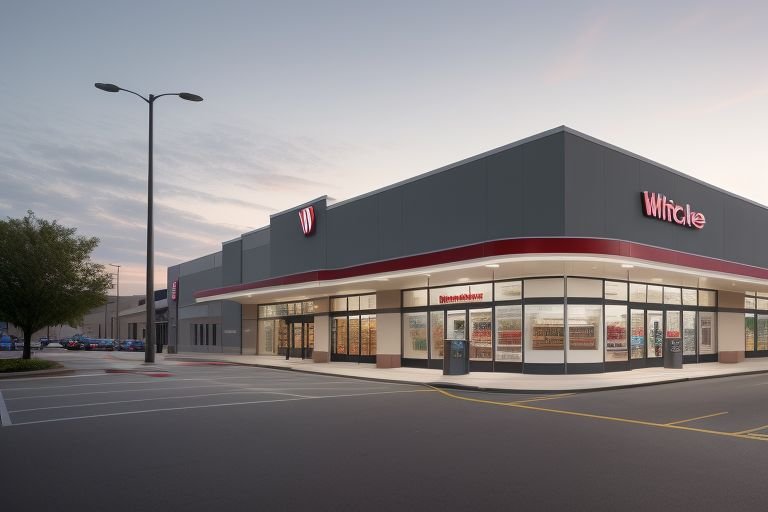The Illinois-based pharmacy giant Walgreens Boots Alliance, also known as Walgreens, unveiled today a plan that points to the shutdown of 1,200 stores in the United States as part of a plan to achieve greater operational stability and better profitability. This comes as the firm continues to tackle shifting consumer trends, market saturation, and the ever-complex environment within the health sector.
The closures, which will account to about 8% of Walgreens current network of stores in the U.S., will be done in the next three years. However, the company has not yet detailed which store closures will occur; the decision raised concerns regarding possible “pharmacy deserts” in underdeveloped neighborhoods specifically, in urban and rural areas, where access to healthcare services is still scarce.
In a statement, Walgreens’ executives noted that the store closures are part of a wider strategy that involves a restructuring drive that will target stores with the least efficiencies to enable the company to shift towards optimizing its stores on its best-performing sites. He also stated that the company has ambitious to deepen store investments of its remaining stores more Du to the fact it will seek to upgrade its stores’ digital platforms and also step up healthcare services to draw consumers’ attention to new needs.
Market observers consider this as a strategic action needed to evolve in the continuously evolving retail and health sector. The increasing popularity of online sales and home delivery services applied to pharmaceuticals has had significant impact on retail pharmacy outlets which are exploring new strategies for organization of business and store space.
That is why the announcement of such a change in Chicago has prompted discussions among the city authorities and community stakeholders about the consequences for the neighborhoods. Alderman Maria Hadden of the 49th Ward issued concerns of the risks, saying that, “We must guarantee that these shifts will not burden those who have less access to healthcare services or struggle to afford medications by often visiting local pharmacies.
Due to such issues, Walgreens has committed to cooperating with local communities so that disruptions of service are limited. The company will provide prescriptions and assist employees in transferring prescriptions to nearby Walgreens stores and other pharmacies if needed. It will also help employees search for new jobs within the company or with other employers.
Holdings through the store closures cost savings are likely to stand at about $1 billion each year in Walgreens’ business. Part of these savings will be invested back into the remaining stores to optimize customer experience points and extend service offerings like vaccination, diagnostics, and primary care.
Such a decision at Walgreens is typical for the contemporary retail pharmacy market, as CVS Health and Rite Aid also experience certain problems and adapt their strategies, including store closings. COVID-19 has only further ramped up many of these shifts and shown the role digital services and even healthcare experiences go beyond just prescription delivery.
When Walgreens is working on its transformation agenda, one of the major issues that comes up is how to achieve the objective of reducing costs while fulfilling its mission to serve as a key healthcare retailer in Chicago and throughout the country. Apparently, the success of this strategy would be subject to the efficiency of customer, employee, and other local stakeholder engagements during the changeover.
It can only be speculated what these closures mean to the future of the Chicago economy and job market. However, the recent round of departures cannot be averted, but Walgreens has declared that the company’s primary focus is on avoiding layoffs and instead moving workers to other stores or positions within the organization.
Thus, the emerging transformation of the retail pharmacy environment can be considered as a source of understanding the need for change associated with Walgreen’s venture. Only time will tell whether this particular move holds great promise and pragmatics of achieving sustainable livelihood in the stiff competition pharmacies.
